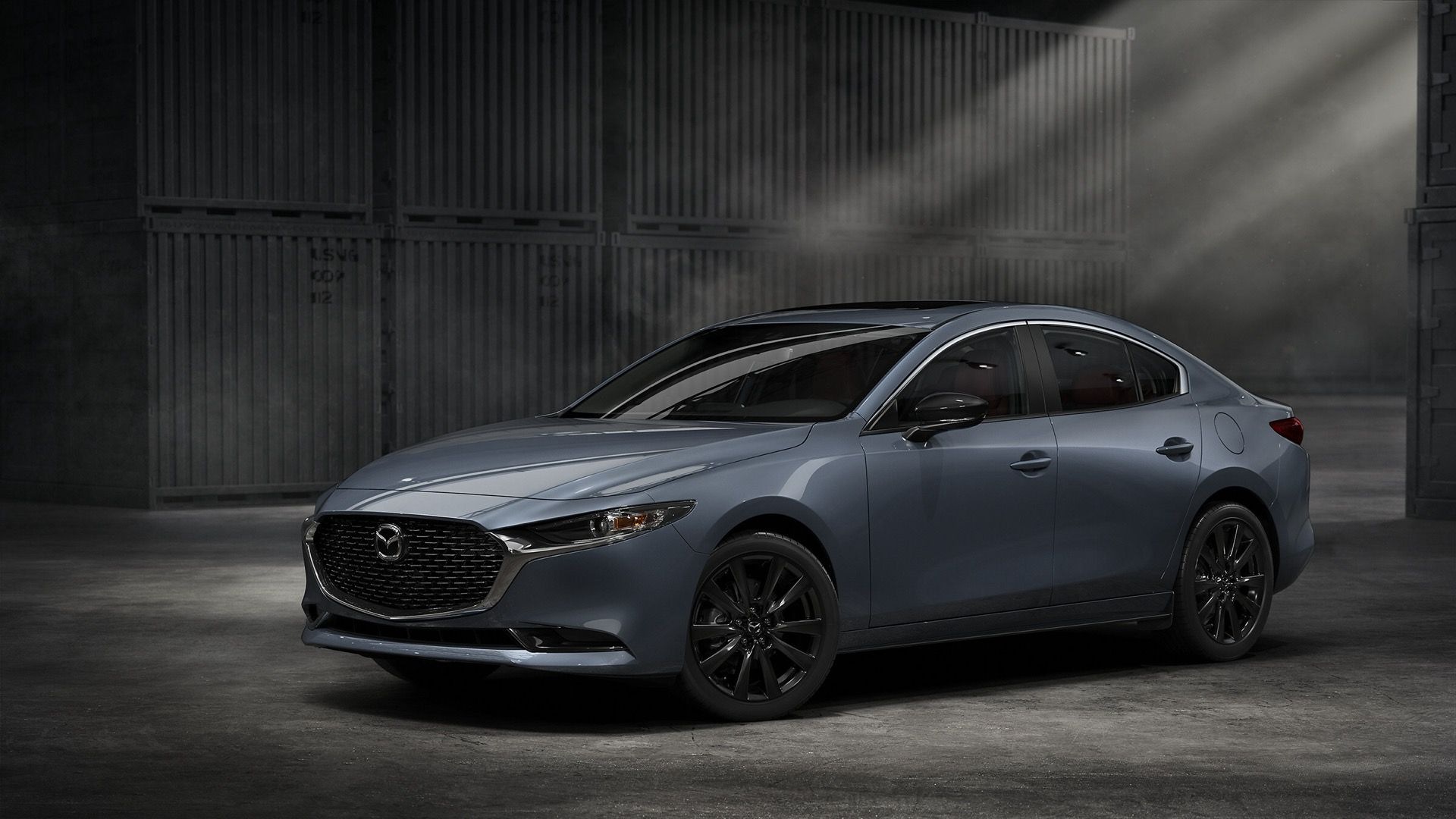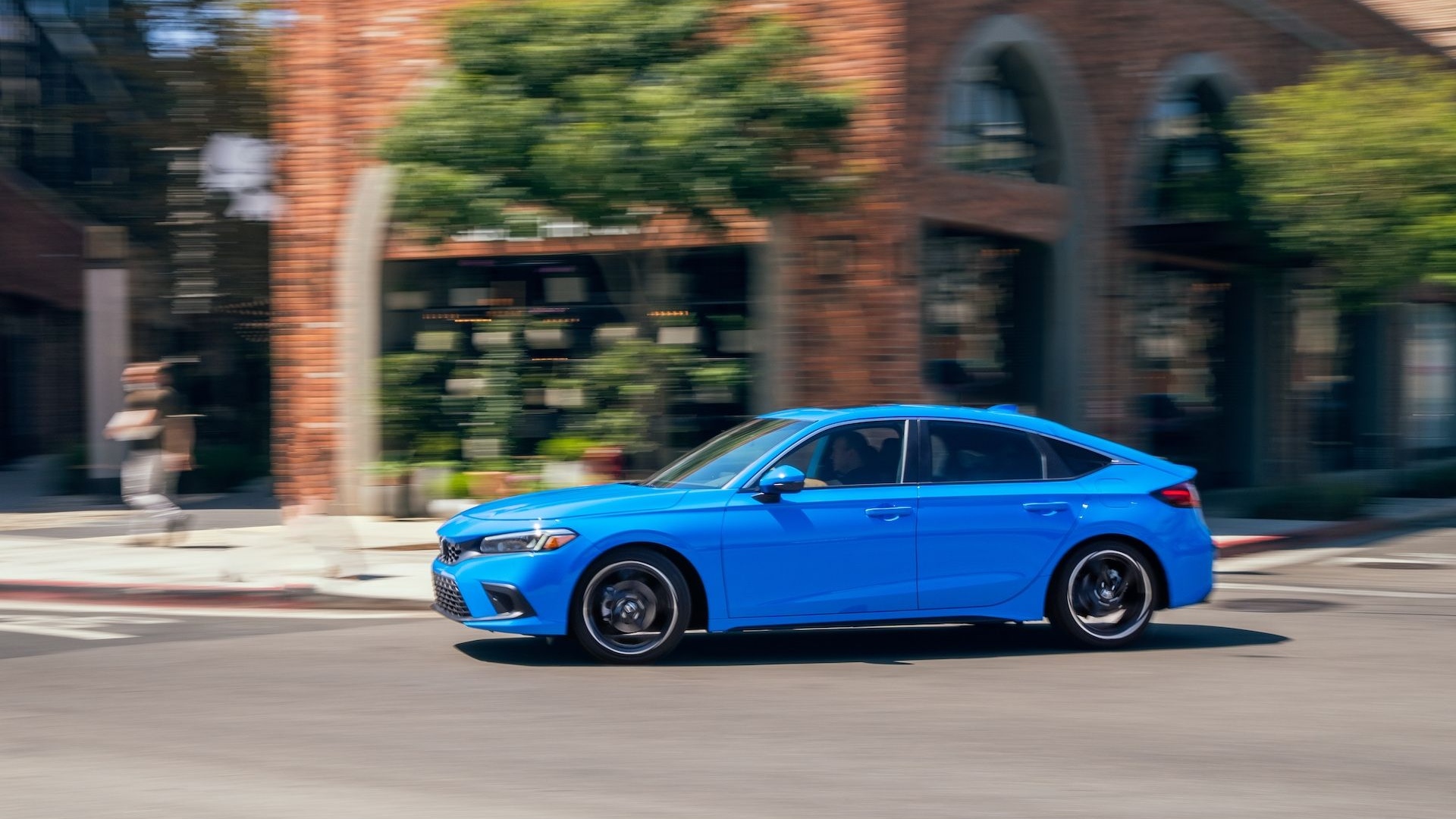Not all gasoline engines need spark plugs to ignite their fuel. A process called homogeneous-charge compression ignition (HCCI) uses compression to ignite the fuel, just like in a diesel engine. Several automakers have experimented with HCCI engines over the years, but Mazda may be the first to actually put one into production.
The Japanese automaker will launch an HCCI engine next year, according to the Nikkei. It will appear first in an updated version of the Mazda 3. Mazda is reportedly expecting a 30 percent improvement in fuel economy over conventional engines, and will include the HCCI engine in its next-generation Skyactiv line of efficiency-focused powertrains.
The Nikkei report claims Mazda's HCCI engine could find its way into other models after its launch in the Mazda 3, although it is unclear if the engine will be available in all markets even in that model.

2017 Mazda 3
By using compression to ignite fuel instead of a spark plug, HCCI is supposed to create more efficient combustion, and allow engineers to squeeze more power out of smaller-displacement engines. That has led multiple automakers to investigate HCCI over the years. General Motors Company [NYSE:GM] and Volkswagen built prototypes with HCCI engines, and Mercedes-Benz incorporated the technology into its F700 concept, first seen at the 2007 Frankfurt auto show.
At the time of its debut, Mercedes said HCCI—along with other efficiency-related technologies like a variable compression ratio—allowed the F700's twin-turbocharged 1.8-liter inline-4 to offer the performance of a 3.5-liter V-6. Almost a decade later, that still seems like an appealing proposition to automakers who are increasingly looking to downsized engines as a way to meet fuel economy standards.
GM, Mercedes, and Volkswagen never put their HCCI experiments into production, meaning Mazda could be the first automaker to achieve that feat. Mazda isn't putting all of its eggs in the HCCI basket, though. The company is also expected to launch an electric car in 2019, possibly with a gasoline range-extender.


